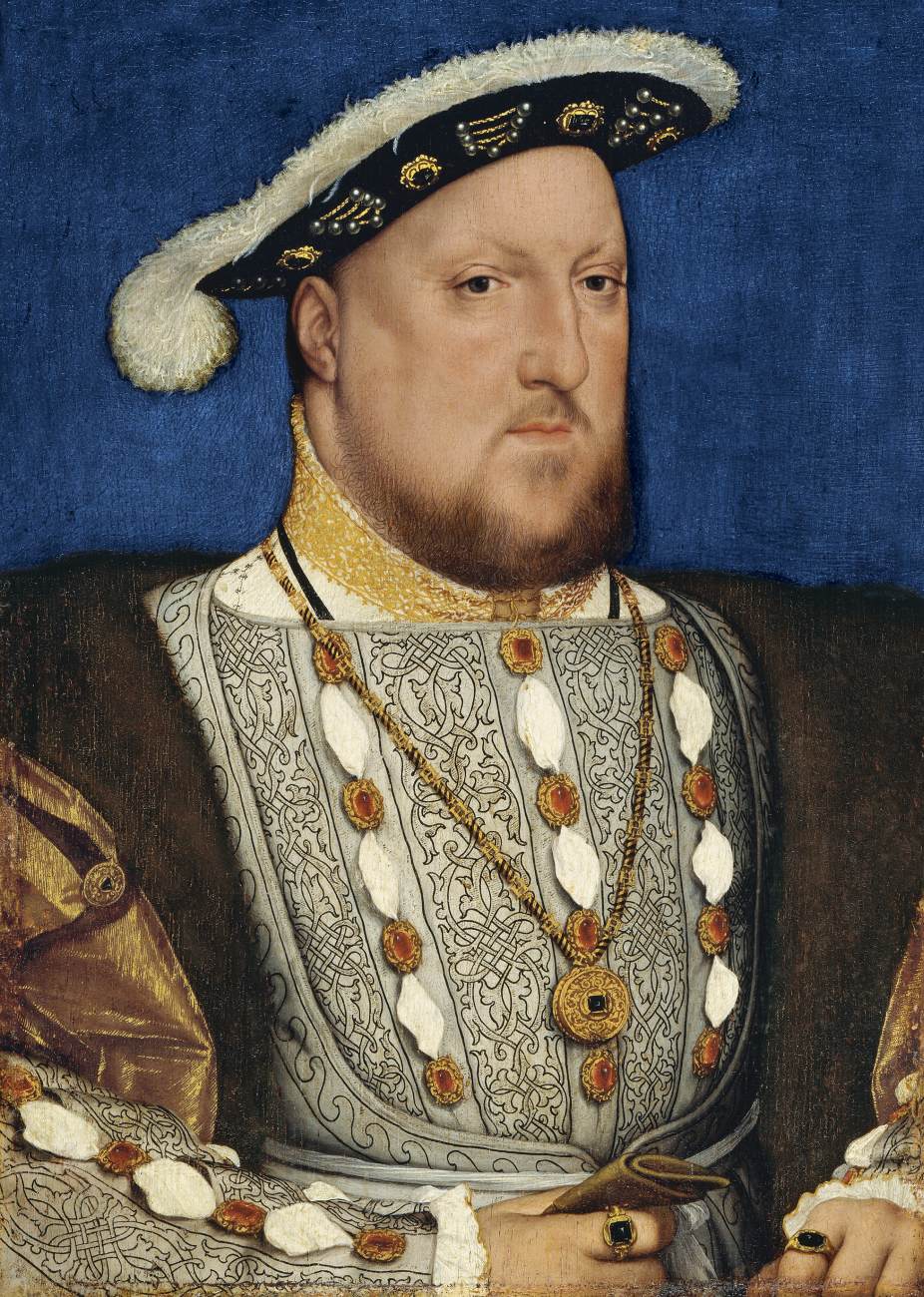Discovering Henry Hayter Short: A Look At His Architectural Vision
Have you ever stopped to truly consider the stories etched into the very structures around us? It's a rather fascinating thought, don't you think? Every brick, every beam, often holds a whisper of the person who first imagined it. And when we talk about someone like Henry Hayter Short, you know, a name that might not immediately ring a bell for everyone, we're actually talking about a significant figure whose creative touch shaped quite a bit of the built environment, particularly in a certain era. His work, in some respects, really does invite a closer look, offering insights into architectural trends and the spirit of his time.
His architectural contributions, especially in the early to mid-20th century, show a remarkable blend of tradition and a quiet sort of innovation. He was, you might say, a master of detail, someone who understood how buildings could reflect community values and history. We often walk past these places without a second glance, yet they stand as silent witnesses to past lives and the ingenuity of their creators. So, delving into his story, we get a chance to appreciate the lasting impact of thoughtful design.
This article aims to shed a little light on Henry Hayter Short, exploring his life, his unique approach to design, and the structures that still stand as a testament to his vision. We'll explore why his work matters, even today, and perhaps spark a fresh appreciation for the architectural heritage he left behind. It's almost like piecing together a puzzle, learning about the person through the spaces they crafted.
- Chris Hemsworth Religion
- Im Not Acrobatic Lil Baby
- Paddy Pimblett Height
- Sunny Hostin Before Surgery
- Jesse Williams Parents
Table of Contents
- Biography of Henry Hayter Short
- Key Works and Lasting Contributions
- Legacy and Enduring Impact
- Personal Details and Bio Data
- Frequently Asked Questions About Henry Hayter Short
Biography of Henry Hayter Short
Early Life and Beginnings
Henry Hayter Short, born in 1884, started his journey in a time of considerable change. His early years, very much like those of many others in his generation, were shaped by the social and cultural currents of late Victorian England. He grew up in an environment where craftsmanship was still highly valued, and where the industrial age was steadily transforming the landscape. This early exposure, you know, to both traditional methods and emerging ideas, likely played a big part in forming his later design sensibilities.
Education and Formative Influences
His formal training in architecture provided the bedrock for his future career. He absorbed the classical principles of design while also being exposed to contemporary movements that were starting to challenge older conventions. During his studies, he would have learned from leading architects of the day, picking up techniques and theories that would later inform his own unique approach. The architectural schools of that period, you see, emphasized a strong foundation in drawing, structural understanding, and historical styles, all of which Henry Hayter Short clearly mastered.
Architectural Philosophy and Style
Henry Hayter Short approached his work with a deep respect for context and purpose. He believed that buildings should not only be functional but also beautiful, fitting seamlessly into their surroundings. His philosophy often leaned towards a thoughtful integration of traditional forms with a clean, understated elegance. He wasn't one for flashy statements; instead, he preferred designs that conveyed dignity and a quiet strength. This approach, in a way, made his buildings feel timeless, rather than merely trendy.
- Daniel Craig First Wife
- John Gotti Iii Father
- Thomas Jaraczeski Verdict
- Hunter Mcgrady Height And Weight
- My Family Lives In A Different State
Key Works and Lasting Contributions
Notable Public and Private Buildings
Throughout his career, Henry Hayter Short left his mark on a variety of structures, from public institutions to private residences. While specific examples might require deeper historical records, his work typically included churches, schools, and civic buildings that served their communities with grace and durability. He focused on creating spaces that felt welcoming and appropriate for their intended use, often incorporating local materials to ensure they belonged where they stood. It's really quite impressive how he managed to balance practicality with aesthetic appeal.
Designing War Memorials
Perhaps some of his most poignant contributions were the war memorials he designed. These projects, often commissioned after the devastating conflicts of the early 20th century, required a sensitive touch. He understood the need for spaces that could offer solace and remembrance, crafting memorials that conveyed solemnity without being overly ornate. These structures, in a very real sense, became important focal points for communities to grieve and honor their fallen. They stand as powerful reminders of collective memory, thanks to his careful design.
A Distinctive Architectural Style
Henry Hayter Short's architectural style is characterized by its thoughtful simplicity and robust construction. He favored clean lines, well-proportioned forms, and a reliance on quality materials that would age gracefully. His buildings often feature a sense of solidity and permanence, reflecting a belief in enduring design. You can often spot his work by its understated elegance and the way it seems to belong, rather than stand out dramatically. This kind of style, you know, speaks to a timeless quality.
Legacy and Enduring Impact
Enduring Influence on Architecture
The legacy of Henry Hayter Short lives on through the many buildings he designed that continue to serve their original purposes or have found new life. His approach to architecture, emphasizing integrity, functionality, and aesthetic harmony, continues to resonate with those who appreciate well-crafted spaces. He showed that good design doesn't have to shout; it can quietly enhance lives and communities. His influence, arguably, can be seen in the way some contemporary architects prioritize thoughtful integration over flashy statements.
Recognition and Commemoration
While perhaps not a household name globally, Henry Hayter Short is recognized within architectural circles and in the communities where his buildings stand. His work is often documented in local historical societies and architectural archives, ensuring his contributions are remembered. The very existence of his buildings, which have stood the test of time, is a form of ongoing recognition. You can often find plaques or historical markers on his more significant projects, helping people connect with his story. To learn more about British architectural history, you might visit a resource like the Historic England website.
Personal Details and Bio Data
| Full Name | Henry Hayter Short |
| Born | 1884 |
| Died | 1970 |
| Nationality | British |
| Profession | Architect |
| Known For | Church architecture, war memorials, public buildings |
| Architectural Style | Understated elegance, traditional forms, robust construction |
Frequently Asked Questions About Henry Hayter Short
Who was Henry Hayter Short?
Henry Hayter Short was a British architect who lived from 1884 to 1970. He was known for his thoughtful designs of various buildings, including churches, schools, and notably, war memorials. His work often showcased a blend of traditional architectural principles with a refined, understated style. He was, in a way, a quiet force in the architectural world of his time.
What notable buildings did Henry Hayter Short design?
While a comprehensive list of all his specific works would be extensive, Henry Hayter Short designed numerous public and private buildings across Britain. He was particularly active in designing churches and war memorials, which required a sensitive touch and a deep understanding of community needs. His buildings are often characterized by their solid construction and their ability to blend gracefully into their surroundings. You can find examples of his work in various towns and cities, often serving as important local landmarks.
When did Henry Hayter Short live?
Henry Hayter Short lived from 1884 to 1970. His active career spanned much of the first half of the 20th century, a period marked by significant social and architectural changes. His work therefore reflects the transition from late Victorian and Edwardian aesthetics through the interwar years and into the post-World War II era. He saw a lot of history unfold, and his buildings, in a way, tell a part of that story.
Exploring the work of figures like Henry Hayter Short helps us truly appreciate the rich tapestry of our built environment. His commitment to quality, functionality, and timeless design continues to offer valuable lessons for today's architects and enthusiasts alike. It’s almost like discovering a hidden gem, realizing the profound impact one individual can have on the world around them. Learn more about architectural history on our site, and link to this page for more historical figures.
- Dexter King Net Worth
- Mark Baden Salary
- Chris Hemsworth Religion
- Mike Wolfe Bicycles
- Greg Covey Net Worth

Henry VIII (1536), by Hans Holbein the Younger

Portraits of a King: Henry VIII

Henry